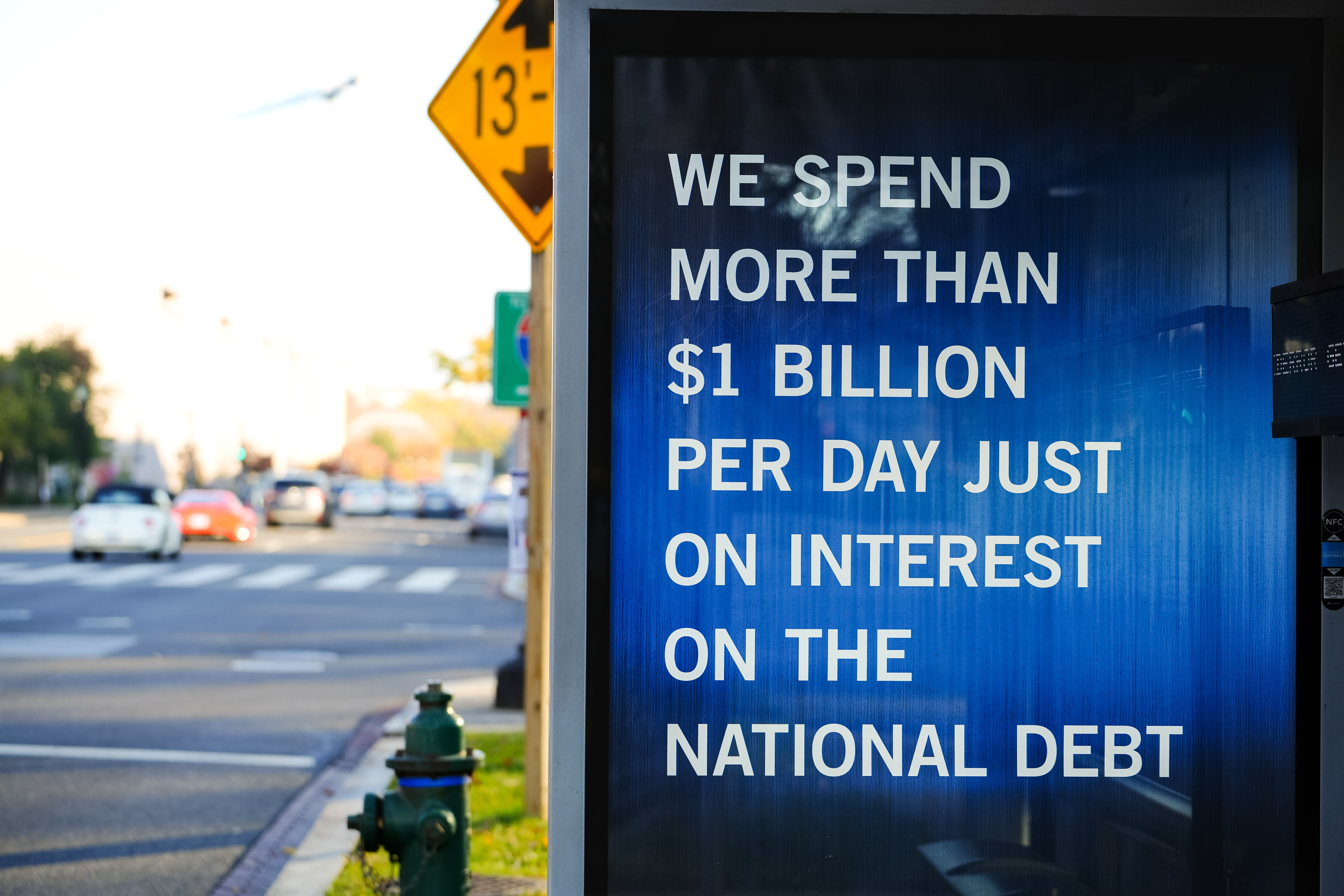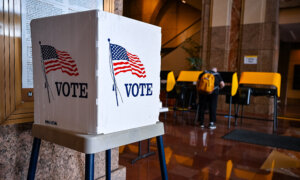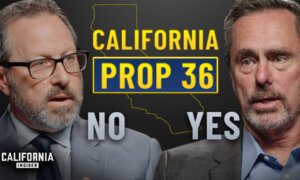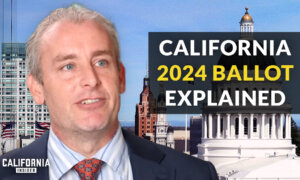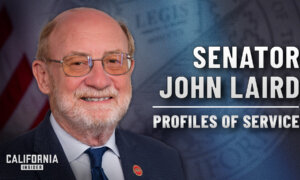Nearly half of individual income tax revenues in fiscal year 2024 were dedicated to paying interest on the national debt, new Treasury Department data show.
According to the Final Monthly Treasury Statement, the federal government registered the third-highest budget deficit in the nation’s history, exceeding $1.83 trillion for fiscal year 2024, an increase of 8 percent from fiscal year 2023.
The U.S. government borrowed, on average, $5 billion per day.
Social Security was the top spending item, soaring to $1.461 trillion. This was followed by health care ($912 billion), Medicare ($874 billion), national defense ($874 billion), and income security ($671 billion).
Gross interest—payments on debt held by the public as well as intragovernmental payments—was Washington’s second-largest budgetary item, topping $1.133 trillion. This came in just below the Treasury’s full-year fiscal estimate of about $1.157 trillion.
In addition, net interest costs—the federal government’s interest payments offset by interest income—were $882 billion.
As the national debt continues to rise and interest rates remain elevated, gross and net interest costs are swallowing a sizable share of federal revenues—and GDP.
Tax receipts hit a record $4.918 trillion in fiscal year 2024, while the U.S. economy surpassed $29 trillion, on an annual basis, in the second quarter.
In context, gross interest payments accounted for approximately one-quarter of all federal revenues and 47 percent of all individual income tax collections, which reached $2.426 trillion.
That’s an average of $3,400 in interest charges per American for the year. On a per-taxpayer basis, the average amount is about $6,800.
Over the past year, various organizations have been sounding the alarm about mounting interest payments that are poised to consume a growing portion of federal revenues.
Future of US Interest Payments
According to the Congressional Budget Office (CBO), net interest charges will consume about 20 percent of revenues over the next decade.The nonpartisan budget watchdog estimated that annual net interest payments would be above $1 trillion and eventually surge to $1.71 trillion. Cumulatively, net interest costs will total $13 trillion.
These estimates are comparable to the White House’s fiscal year 2025 budget blueprint.
Researchers at the Peter G. Peterson Foundation noted in September that net interest costs relative to the size of the U.S. economy will continue rising in the coming decade.
After the final Treasury Department’s budget numbers were released, net interest costs were the equivalent of 3.06 percent of the national economy, the highest ratio since 1995.
The fiscal organization projects this will rise to 4 percent in 2034, firmly above the all-time high of 3.2 percent registered in 1991.
Gross interest costs already equal approximately 4 percent of U.S. GDP.
This, the group says, creates a “vicious cycle of borrowing, interest, and higher debt.”
“Rising interest rates and growing national debt cause federal interest costs to rise. And interest costs, in turn, contribute to the growth of federal spending—continuing a vicious cycle of borrowing, interest, and higher debt,” the Peter G. Peterson Foundation stated in a paper.
Interest charges could also prevent public investments in other areas, such as infrastructure and education. In addition, the CBO projects that every dollar of deficit-financed spending trims private investment by $0.33.
“If unaddressed, the growing borrowing costs will pose significant challenges for our nation’s fiscal future,” it said.
National Debt Eyes $36 Trillion
The national debt reached the $35 trillion milestone three months ago, and the federal government is already close to hitting the next milestone: $36 trillion.According to the Treasury’s Debt to the Penny dashboard (which provides operational data), Washington has borrowed nearly $770 billion since July 26.
The White House forecasts that public debt will exceed $45 trillion by 2034 and that annual trillion-dollar deficits will become the new normal. The budget shows that debt held by the public will equal the economy’s entire output as of fiscal year 2025.
David Rosenberg, the founder and president of Rosenberg Research & Associates, suggests that the recent movement in the global bond market is hinting to policymakers that “we have hit a breaking point” on the debt front.
“The bond market seems to be sending a message to fiscal policymakers both in the U.S. and abroad that we have hit a breaking point with global public sector debt rapidly approaching the $100 trillion mark,” Rosenberg stated in a post on social media platform X.
Despite the Federal Reserve cutting interest rates and signaling more cuts over the next two years, U.S. Treasury yields have rallied since the end of September.
The benchmark 10-year Treasury yield reached 4.17 percent during the Oct. 21 trading session, up by more than 50 basis points since the central bank followed through on a half-point rate cut, the first since the onset of the pandemic.
In 2023, Fitch Ratings and Moody’s downgraded the U.S. credit-rating outlook, citing large fiscal deficits and a drop in debt affordability.
“The rating downgrade of the United States reflects the expected fiscal deterioration over the next three years, a high and growing general government debt burden, and the erosion of governance relative to ‘AA’ and ‘AAA’ rated peers over the last two decades that has manifested in repeated debt limit standoffs and last-minute resolutions,” Fitch analysts stated in August 2023.
Neither U.S. presidential candidate has made the national debt a central element of their 2024 campaigns.
Polling data suggest, however, that voters are paying attention to the debt and deficit.
A recent Peter G. Peterson Foundation poll found that nine out of 10 voters across the seven swing states wanted candidates to have a plan to address the national debt. This included 97 percent of Trump voters, 95 percent of Harris voters, and 95 percent of undecided voters.
“The national debt is a critical campaign issue for voters in the decisive swing states,” Michael A. Peterson, the organization’s CEO, said in a statement. “Not only do these key voters overwhelmingly want to hear candidates put forward a plan, they connect America’s fiscal outlook to key economic priorities including reducing inflation, lowering interest rates, and protecting programs like Medicare and Social Security.”
According to a new Bankrate survey, 3 percent of adults listed the deficit as their top economic issue.
